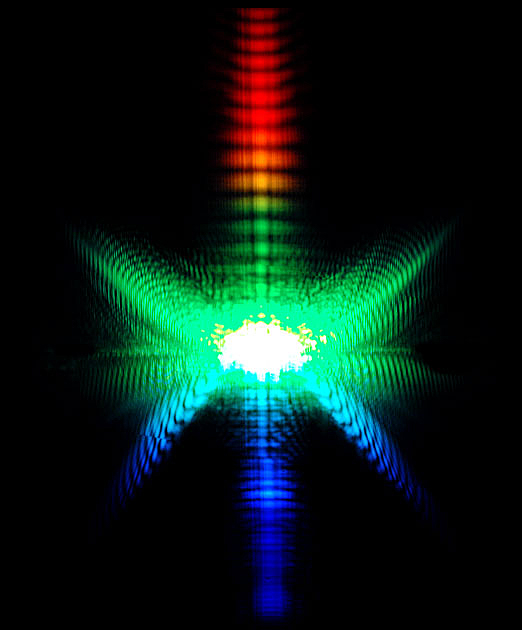
Filament Spectrum
The spectrum of a filament in 5 cm of fused silica generated by a 200 fs, 527 nm (green) pump pulse. Daniele Faccio, Como, Italy
—
01 Jan 2007
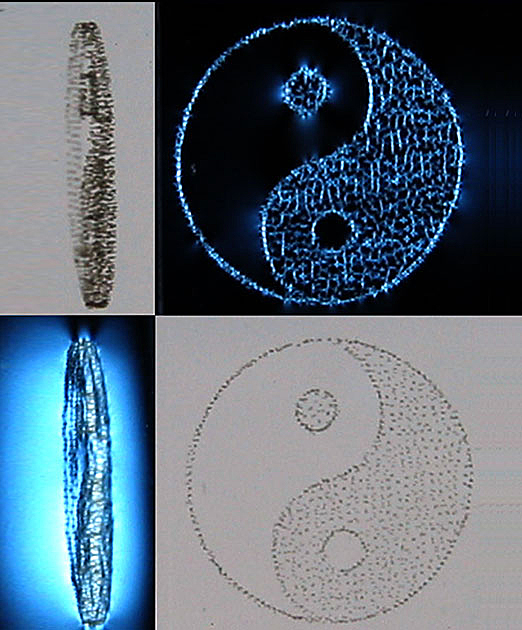
Yin-Yang
A yin-yang optical damage image inside a glass. Gray images are the front and side view of the glass with the balance provided by a Canon digital camera in front of a plasma computer screen. Blue images are placed in front of a computer monitor as a light source and analyzed with a cross-polarizer. Carlos Trevino, David Iturbe-Castillo and Sabino Chavez-Cerda, Puebla Pue, Mexico
—
01 Jan 2007
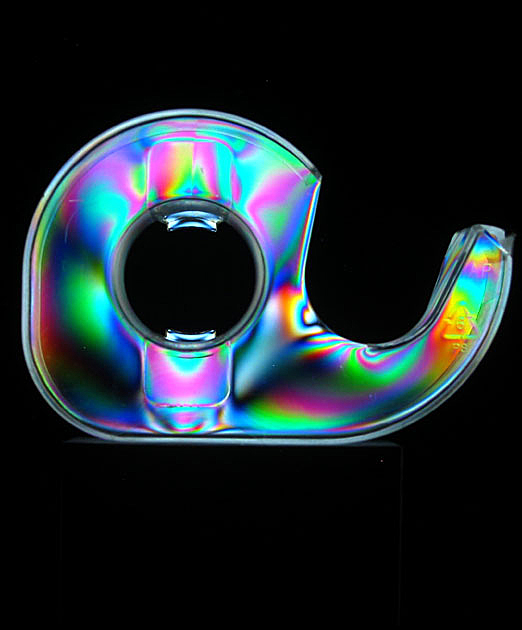
Tape Dispenser
Tape dispenser in front of a computer monitor as a light source and analyzed with a cheap cross-polarizer in front. Carlos Trevino, David Iturbe-Castillo and Sabino Chavez-Cerda, Puebla Pue, Mexico
—
01 Jan 2007
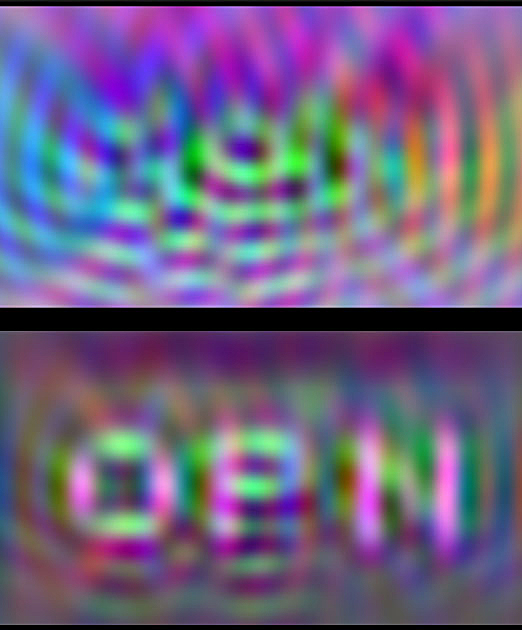
OPN Interferogram
The calculated interferogram of 37 point scatterers arranged in the form of the letters OPN in the optical intermediate field range and its numerical reconstruction. Image size is 9 x 4.5 wavelengths. Wolfgang Basca, Toulouse, France
—
01 Jan 2007
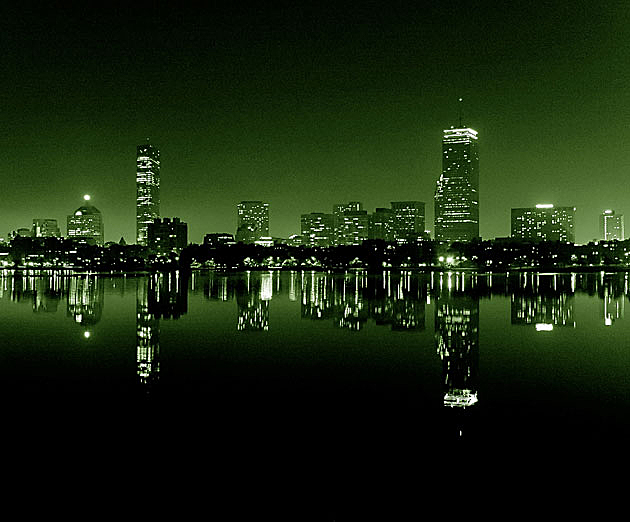
Reflected City
The Boston skyline reflected on the Charles River, photographed from MIT. A green digital photo filter was applied to the final image.
—
01 Jan 2007
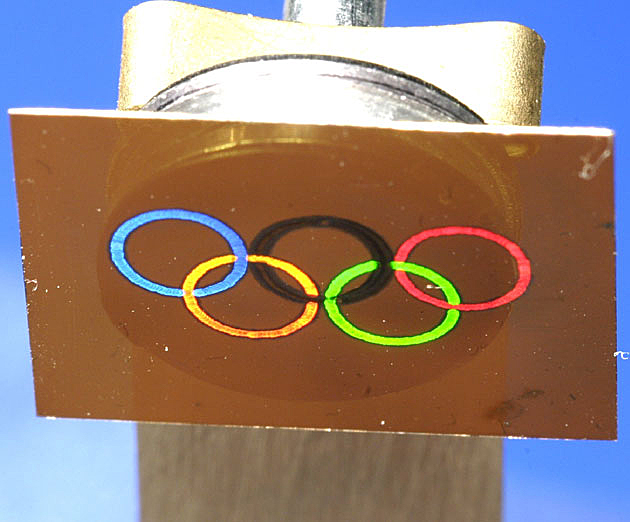
Olympic Nanostructures
Nanostructures generated with a two-beam-interference technique in combination with a solid-state laser. The periodicity of the nanoripples is 290-375 nm and is arranged in rings with 3-mm diameters. Colors are generated using the periodicities of these rings. Stefan Beckemper, Aachen, Germany
—
01 Jan 2007
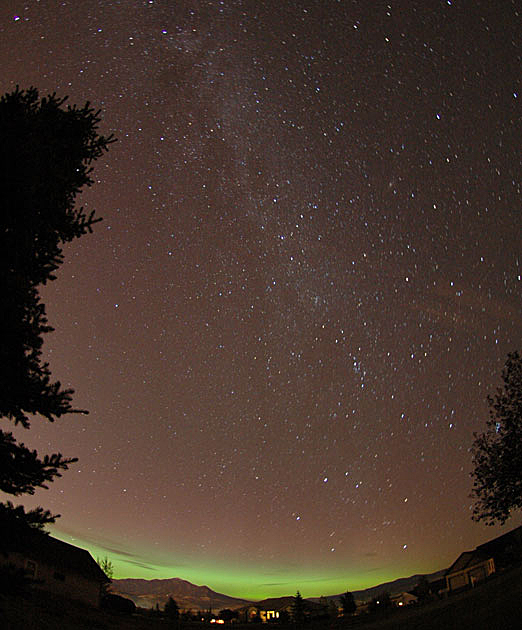
Aurora Borealis
The Aurora Borealis created a green sky behind the Bridger Mountains near Bozeman, Mont., on July 11, 2005. Joseph Shaw, Bozeman, Mont.
—
01 Jan 2007

Aurora Borealis
The Aurora Borealis created a green sky behind the Bridger Mountains near Bozeman, Mont., on January 12, 2005. Joseph Shaw, Bozeman, Mont.
—
01 Jan 2007
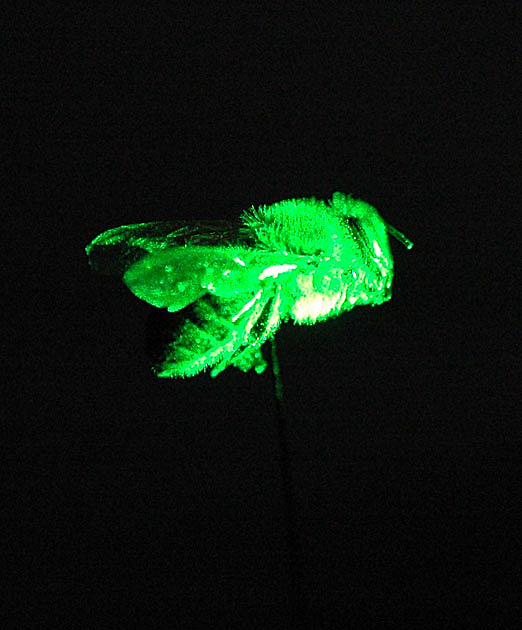
Green Honey Bee
The green hornet? No ... a green honey bee! An Nd:Yag laser is used to measure the bee's scattering cross-section. Joseph Shaw, Bozeman, Mont.
—
01 Jan 2007
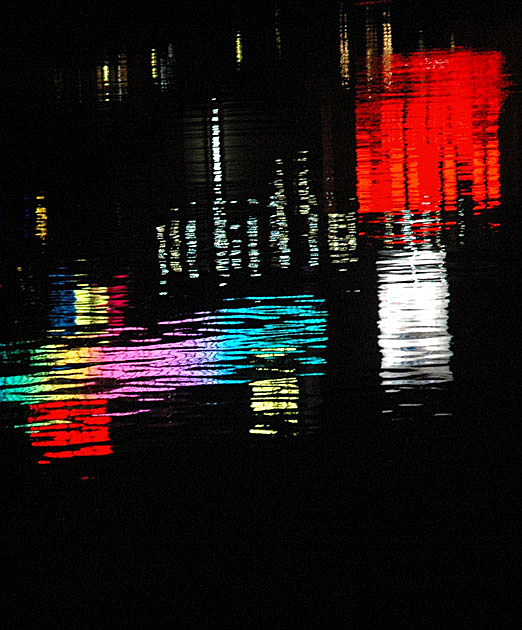
City Lights
Reflections of city lights on the Nakagawa River in Fukuoka, Japan. Each reflection arises from a portion of the surface oriented to provide a specular reflection to the observer from the water's surface. Joseph Shaw, Bozeman, Mont.
—
01 Jan 2007

